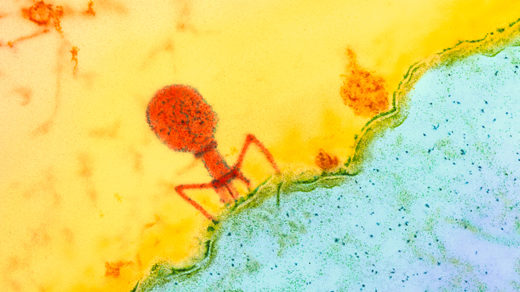As the sun rises over the vast expanse of our planet, a hidden symphony unfolds beneath our feet. In the intricate dance of life, biodiversity takes center stage, shaping and molding the strategies of bacterial evolution in ways we are only beginning to comprehend.
A Harmonious Melody Unveiled
In this grand symphony, each note played by biodiversity resonates with profound significance. The diverse array of species that populate our ecosystems provide an ever-changing landscape for bacteria to navigate. As they encounter new environments and interact with different organisms, these microscopic marvels must adapt or perish.
Through this perpetual adaptation, bacteria have developed an astonishing repertoire of evolutionary strategies. From horizontal gene transfer to genetic mutations and beyond, their toolbox is as diverse as the ecosystems they inhabit. Yet it is through the influence of biodiversity that these strategies truly come alive.
An Overture Written by Nature’s Hand
Nature herself has penned a magnificent overture for bacterial evolution within biodiverse habitats. Within these rich tapestries lie countless opportunities for bacteria to exchange genetic material and acquire novel traits from their neighbors. This intricate web of interactions fosters innovation and resilience among microbial communities.
Furthermore, biodiversity acts as a catalyst for competition among bacterial populations vying for limited resources within their shared environment. This fierce struggle fuels natural selection at its finest – favoring those individuals best suited to thrive amidst adversity while relegating others to obscurity.
A Crescendo Towards Coexistence
Amidst this symphonic journey lies a remarkable phenomenon – coexistence amongst seemingly incompatible entities. Biodiversity provides niches where different bacterial species can carve out their own unique roles, minimizing direct competition and fostering a delicate balance within ecosystems.
Through this intricate dance of coexistence, bacteria have the opportunity to form symbiotic relationships with other organisms. From mutualistic partnerships that benefit both parties to parasitic interactions that exploit host resources, these alliances further shape the evolutionary trajectory of bacterial populations.
A Final Note
In conclusion, as we delve deeper into the realm of microbial life, it becomes increasingly evident that biodiversity is not merely an observer but an active participant in the symphony of bacterial evolution. Its influence orchestrates a myriad of strategies and pathways for adaptation, ensuring the continued resilience and diversity of our planet’s microscopic inhabitants. Let us marvel at this wondrous interplay between life forms – a testament to nature’s boundless creativity.
